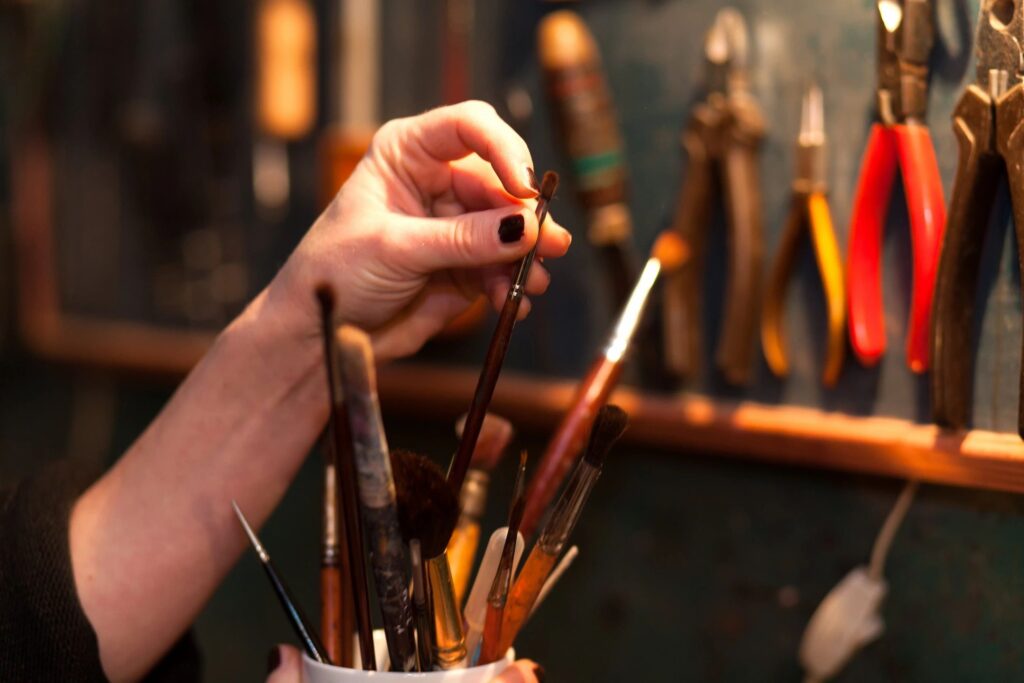
Arabic calligraphy, a revered art form, is deeply intertwined with the cultural and spiritual heritage of the Arab world. Its origins can be traced back to the 4th century CE, evolving from earlier writing systems used in the Arabian Peninsula.
Early Beginnings
The earliest examples of Arabic script were simple and utilitarian, primarily used for trade and administrative purposes. With the advent of Islam in the 7th century, the need for clear and beautiful writing became paramount, especially for the transcription of the Quran. This led to the development of more refined styles.
The Golden Age of Calligraphy
During the Abbasid Caliphate (750-1258 CE), Arabic calligraphy flourished, becoming an integral part of Islamic culture. The invention of the reed pen and the introduction of ink allowed for greater fluidity and expression. Prominent calligraphers like Ibn Muqla and Ibn al-Bawwab established foundational styles, such as Kufic and Naskh, which remain influential today.
The Artistic Flourish
As the art form evolved, calligraphy became more than a means of communication; it transformed into a visual art. The interplay of letters, words, and designs resulted in stunning pieces that adorned mosques, manuscripts, and public spaces. Calligraphy was often paired with geometric patterns and floral motifs, creating a holistic aesthetic experience.
Regional Variations
Arabic calligraphy is not monolithic; different regions have developed unique styles. For instance, Diwani emerged in the Ottoman Empire, characterized by its intricate loops and curves, while Thuluth is known for its elongated letters and is often used for large-scale inscriptions.
The Modern Era
In the 20th century, Arabic calligraphy experienced a renaissance as artists began to experiment with new materials and forms. Contemporary calligraphers blend traditional techniques with modern art, creating dynamic pieces that resonate with both historical depth and contemporary relevance.
Conclusion
Today, Arabic calligraphy is celebrated not just as a writing system but as a profound art form that captures the beauty of the Arabic language. It continues to inspire artists and enthusiasts around the world, preserving its rich history while evolving in exciting new directions.

Kainat Naeem Zafar
self-taught Arabic calligraphy artist passionate about bringing the beauty of this ancient art form to life. With a keen eye for detail and a love for tradition, K creates stunning pieces that blend classic techniques with a modern touch, sharing the elegance of Arabic script with art enthusiasts worldwide.
